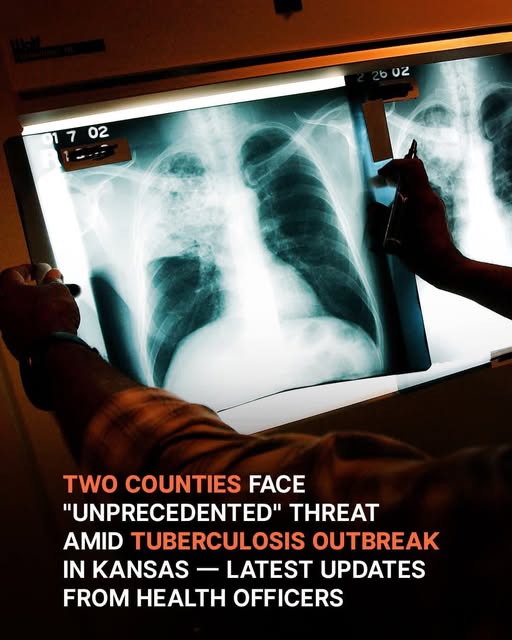Kansas City is facing an “unprecedented” tuberculosis outbreak affecting two counties, with health officials warning that the spread is still ongoing and not yet fully contained.
As of January 24, 2025, the outbreak—the largest ever documented in U.S. history—has infected 67 people in Wyandotte and Johnson counties. Wyandotte accounts for 60 cases, while Johnson has seven. According to Kansas Department of Health and Environment (KDHE) spokesperson Jill Bronaugh, the outbreak has reached this scale mainly due to the rapid increase in cases over a short period.
Despite the severity of the situation, particularly in Wyandotte County, health officials emphasize that the risk to the general public remains low. However, they continue to urge vigilance to prevent further spread.
“This outbreak is still ongoing, which means there could be more cases,” Bronaugh said, noting that several other states are also experiencing large TB outbreaks. To manage the situation, KDHE and local health departments are working closely with the Centers for Disease Control and Prevention (CDC), tracking cases, treating infected individuals, and implementing preventive measures.
While the Kansas City metro area continues to battle the outbreak, statewide TB cases have seen a significant decline. In 2024, KDHE reported 109 active cases and 626 latent infections. By early 2025, these numbers had dropped to just one active case and seven latent infections.
Despite this progress, the outbreak remains a major concern. KDHE reported that last summer, the outbreak began with 65 active cases and a similar number of latent infections. Since then, active cases have dropped by about half, showing signs of improvement.
During a discussion with the Senate Public Health and Welfare Committee, KDHE Deputy Secretary Ashley Goss described the outbreak as unprecedented. “We have mobilized staff and resources to address this large outbreak in one of our counties,” she said. Goss added that the CDC remains on the ground assisting with containment efforts, emphasizing that this is standard practice for large outbreaks.
According to Goss, active TB patients are generally no longer contagious after 10 days of treatment and three negative sputum tests. “They can return to their normal lives, go to work, and interact with others as long as they continue their medication,” she explained.
Treatment for both active and latent TB cases typically lasts several months, and KDHE is also working with several major employers affected by the outbreak. Tuberculosis is caused by the Mycobacterium tuberculosis bacterium and primarily affects the lungs, though it can spread to the brain, kidneys, or spine.
The disease exists in two forms: latent and active. Latent TB means the bacteria are dormant, causing no symptoms and posing no risk of transmission. However, without treatment, latent TB can develop into active TB, which is contagious and potentially life-threatening.
Active TB presents with symptoms such as a persistent cough lasting more than three weeks, chest pain, coughing up blood or mucus, fatigue, weight loss, fever, chills, and night sweats.
